After a brief weather delay leg 2 commenced with 14 scientists on board and plans to explore the deeper northern waters of the Gulf. This included trawls up to 500 feet deep and dives up to 90 feet deep! We didn’t know what to expect down there so François went into ninja mode.
Unfortunately for us, dive knives aren’t an effective weapon against jellies. But once we made our way through smacks of them (that’s right, a group of jellyfish is called a smack, I totally looked it up), the scenery on the bottom was actually quite nice.
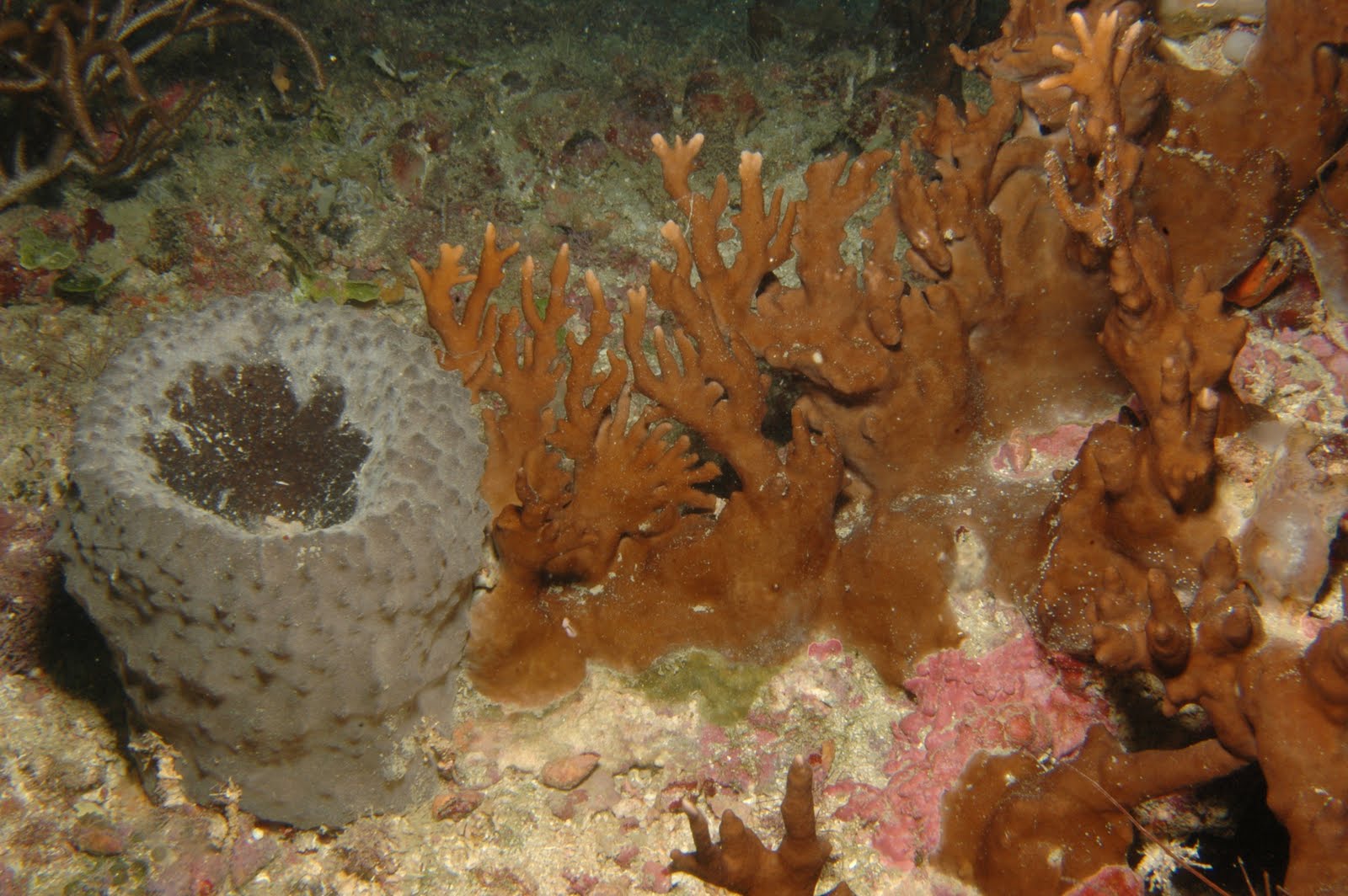
We did a lot of dives at the Florida Middle Grounds where hard bottom substrate is covered with sponges, bryozoans, and soft corals. It was also really cold. Remember how I talked about leg one and how we were sooooo cold in 64 degree water? Well, this time my dive computer said 57. And my wetsuit wasn’t any thicker. The cold is distracting, but so is all the cool stuff down there. For instance, check out this irregular urchin with his extra long spines.
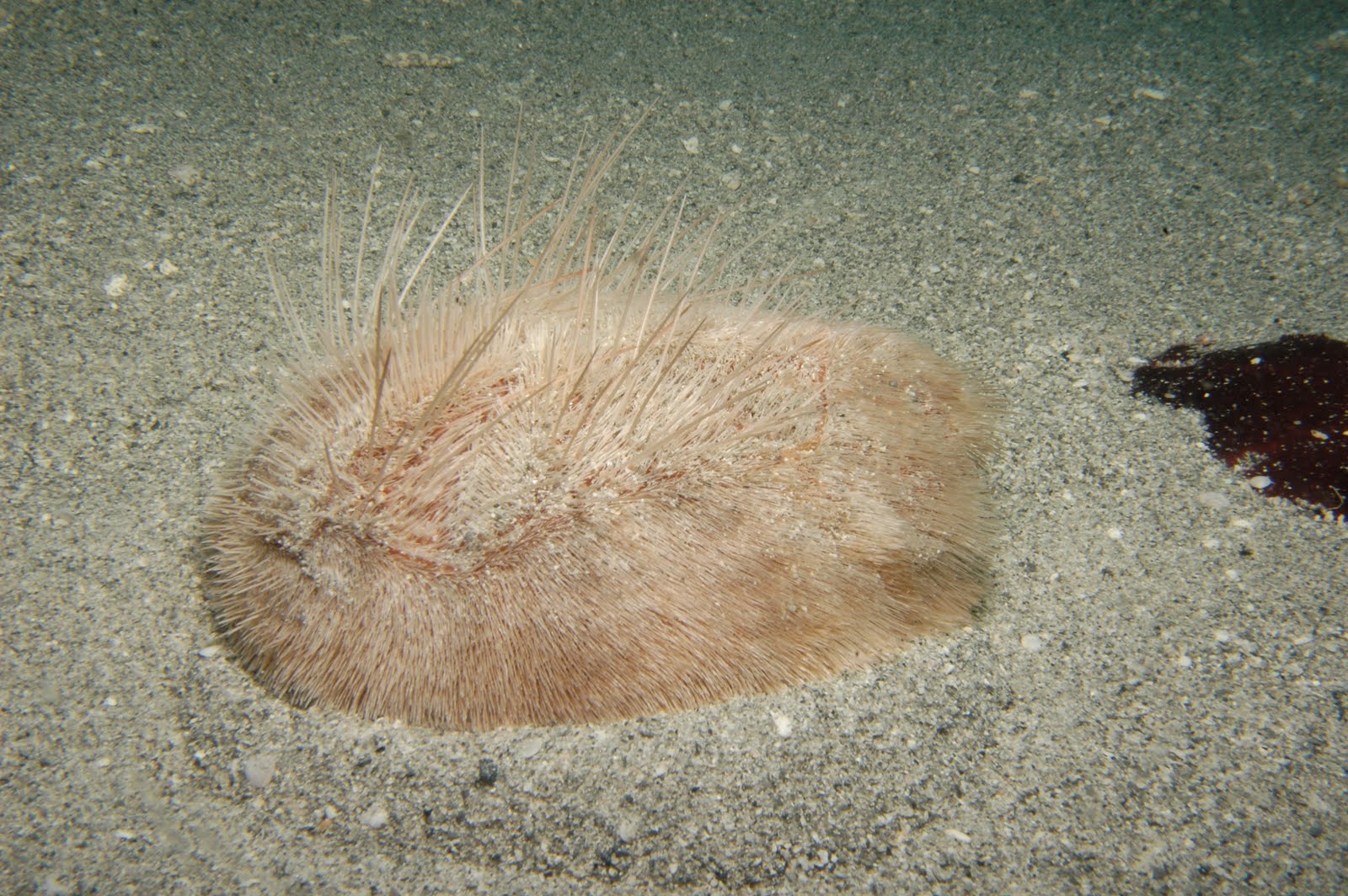
And this anemone
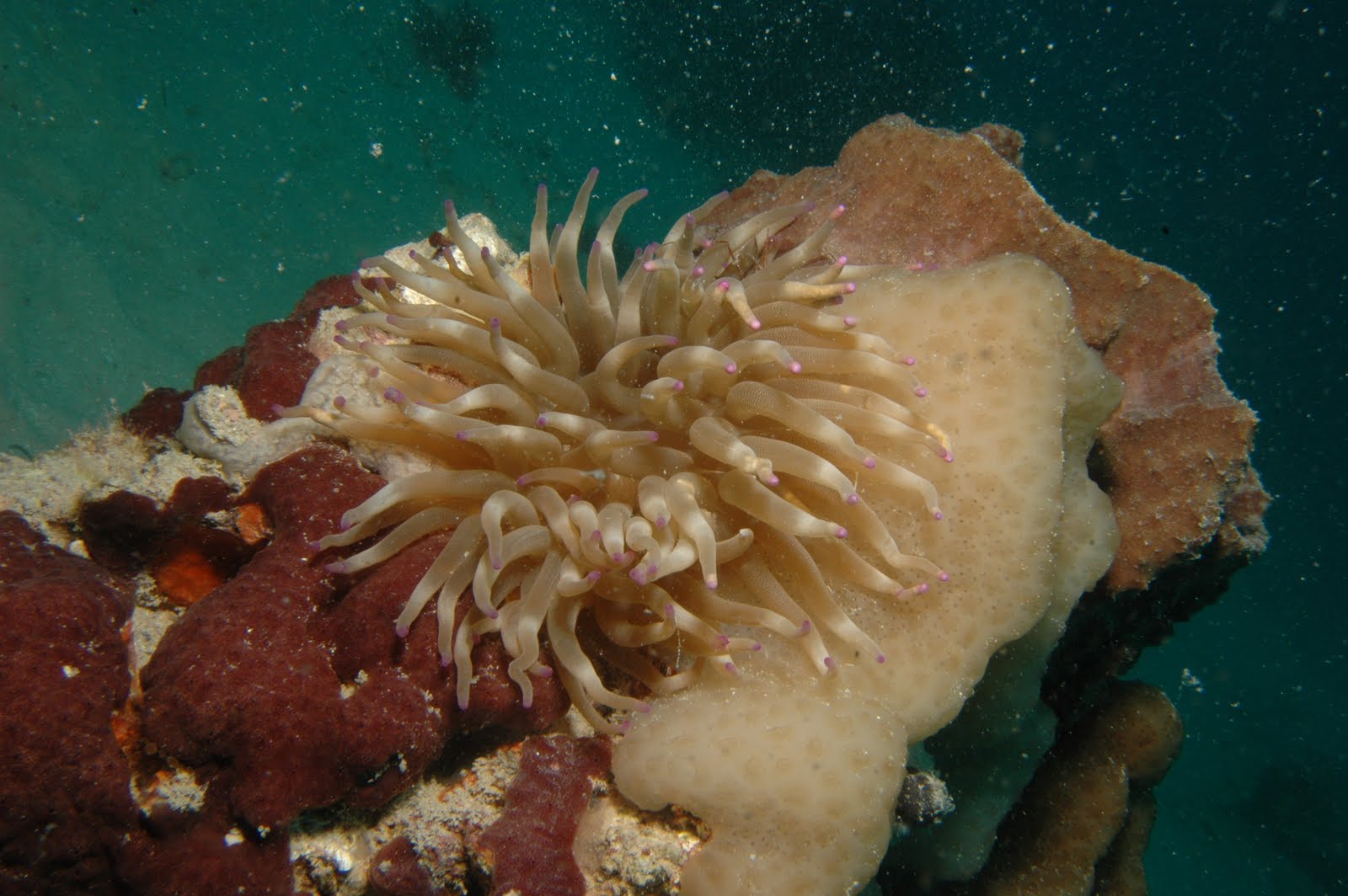
Despite Rob’s absence on this leg, we couldn’t help but notice all the fish (even though we tried not to, they have a backbone and all).
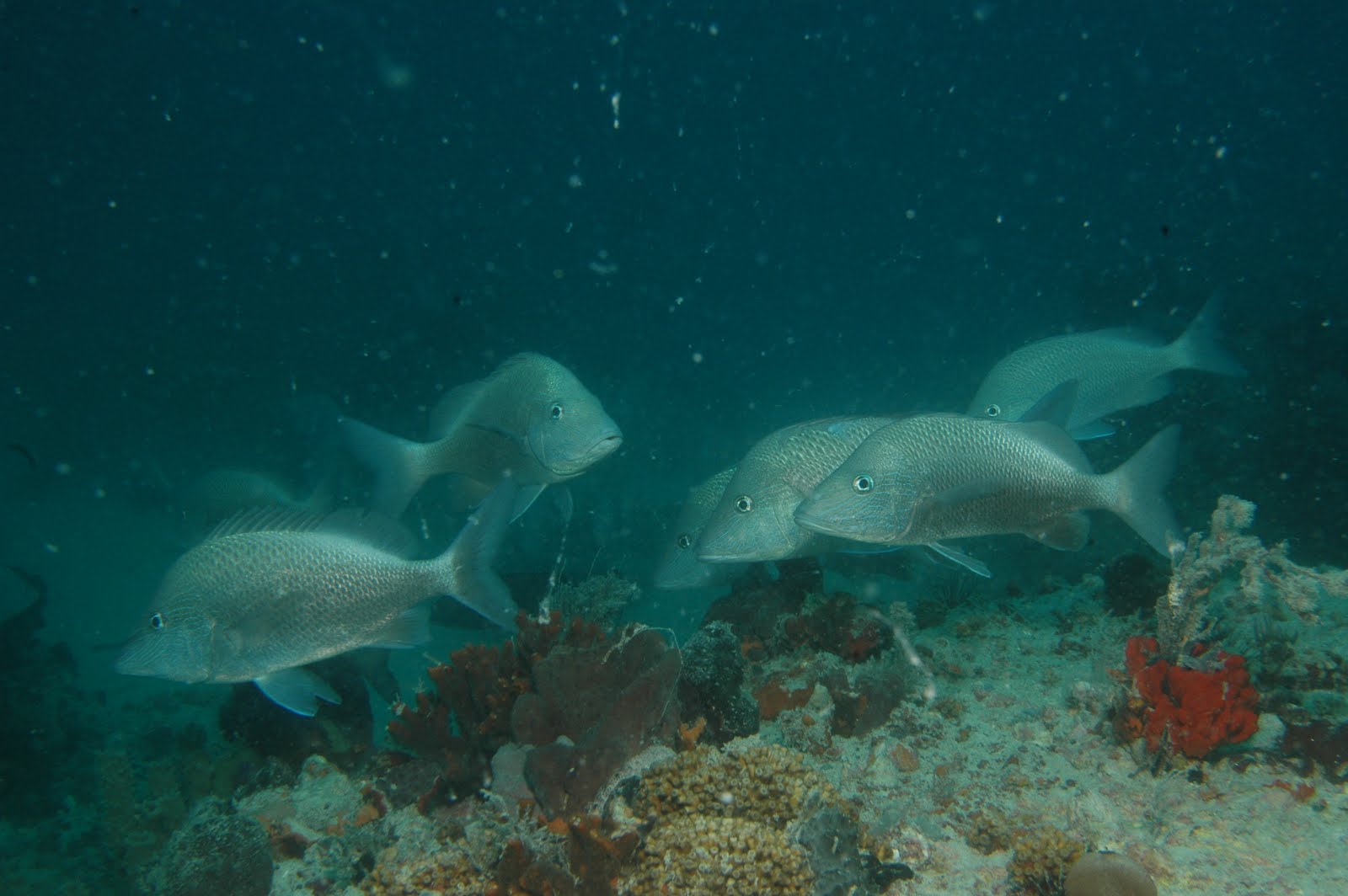
Gustav also found a sea slug or two.

Back on the surface things were no less eventful. This is a picture of the frenzy on the deck after we return from a dive and everyone opens up their collecting bags to stabilize the animals that they have collected. The frenzy is also heightened by cold and usually meal anticipation.

Sand samples that we bring up are swirled in a giant bucket with water which is then sieved to extract animals that live in the sediment. Since polychaetes are commonly found using this method, Jenna is usually at the helm. In this instance she has recruited Antonio to help her.

After things are sorted on deck they are brought into the lab for processing. Although this picture makes it look fairly organized, don’t be fooled. This picture captures an island of calm in the tempest of processing fever, which is also heightened by meal anticipation.

While in the lab one day busily anticipating the next meal we were also visited by a pod of dolphin. A few got pretty close to the boat.

All in all the trip was a great success and we found many animals that seem to be new records for the region; some might even be new to science. Thanks to all the visiting scientists for lending their expertise and thanks to the FIO crew for being the glue which holds the operation together, oil that keeps things running smoothly, and the hand that feeds us. For now, goodbye R/V Weatherbird II!

🙂 Mandy
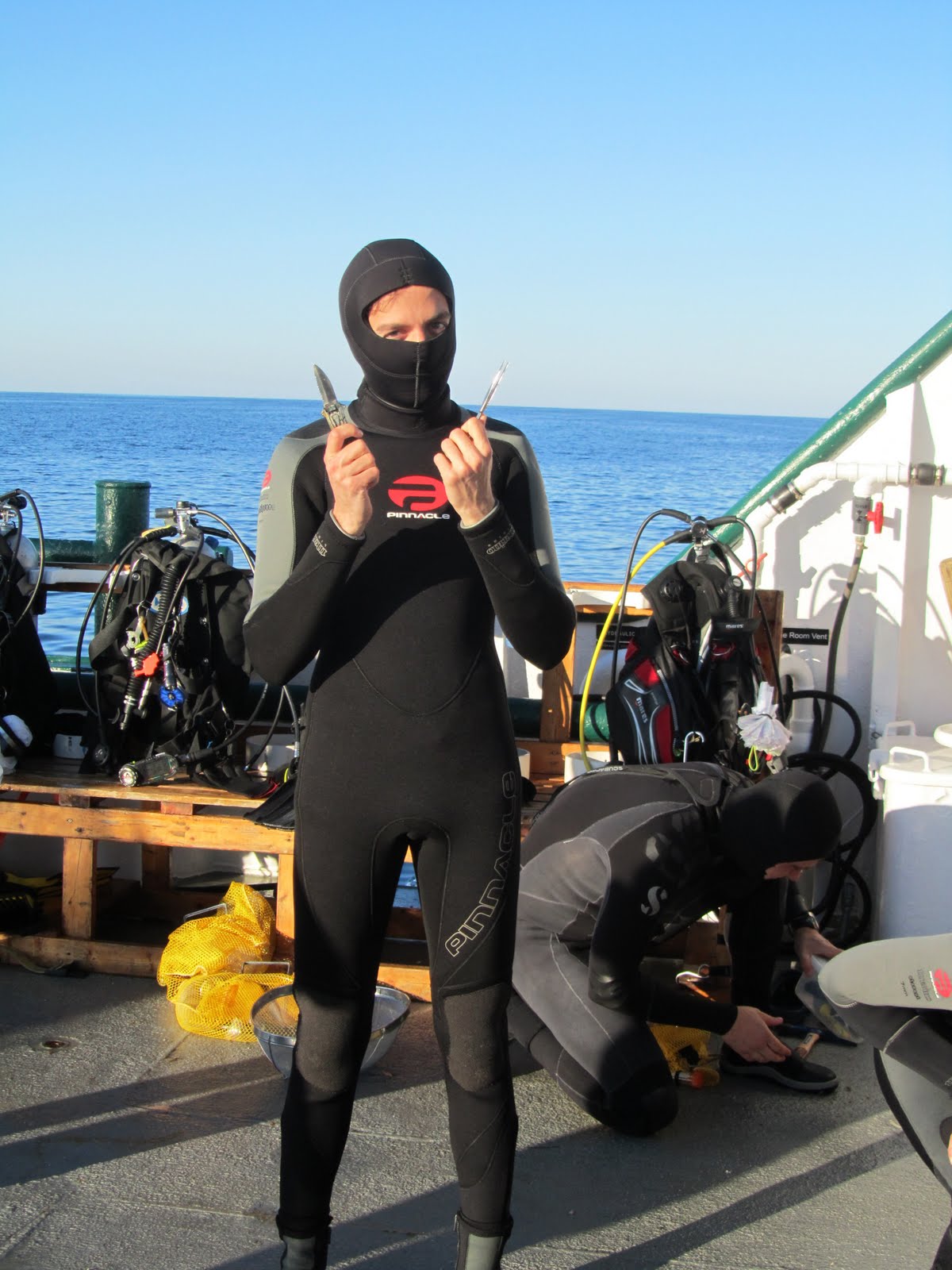
Awesome adventure?!
M.O.M.